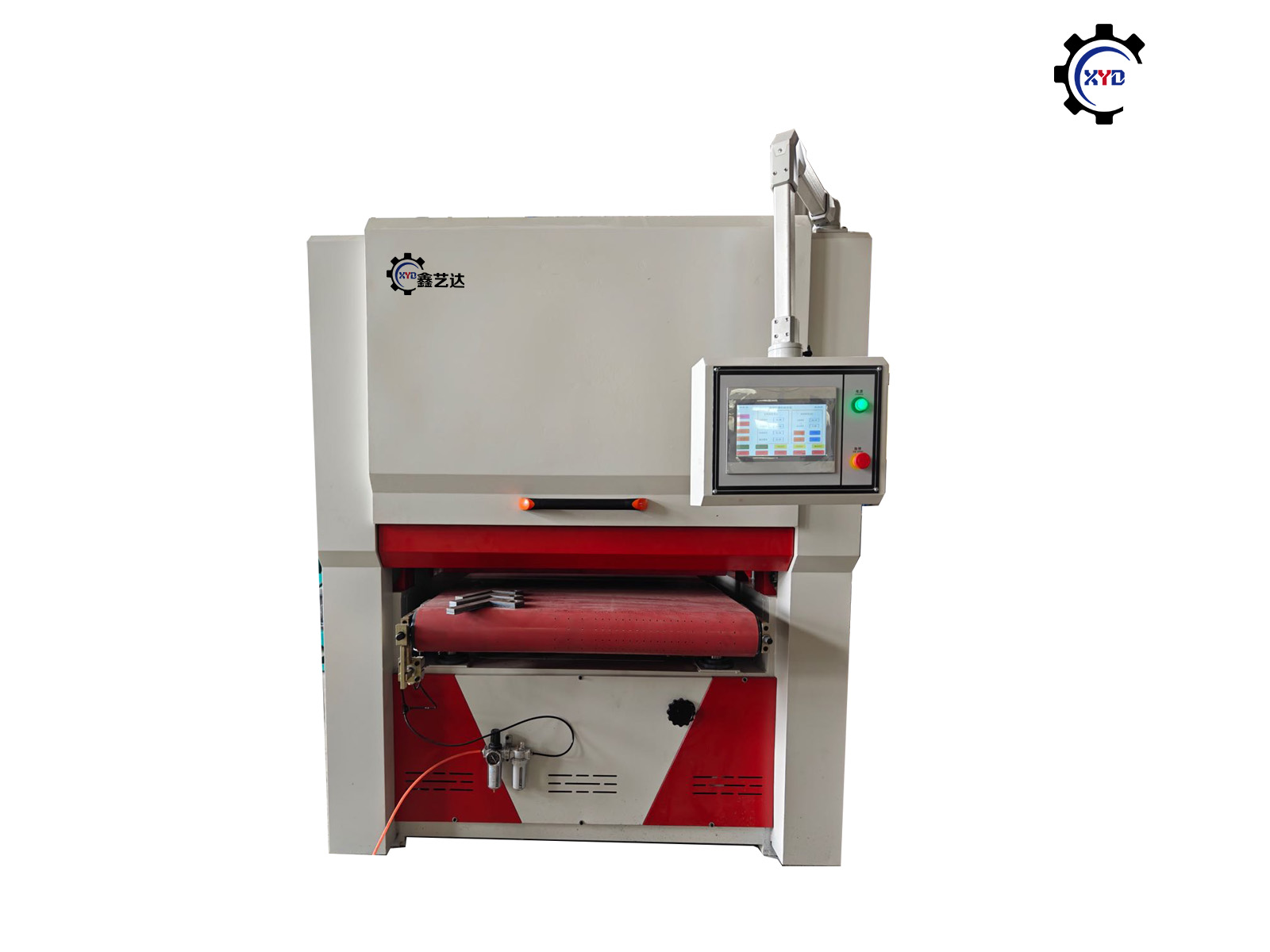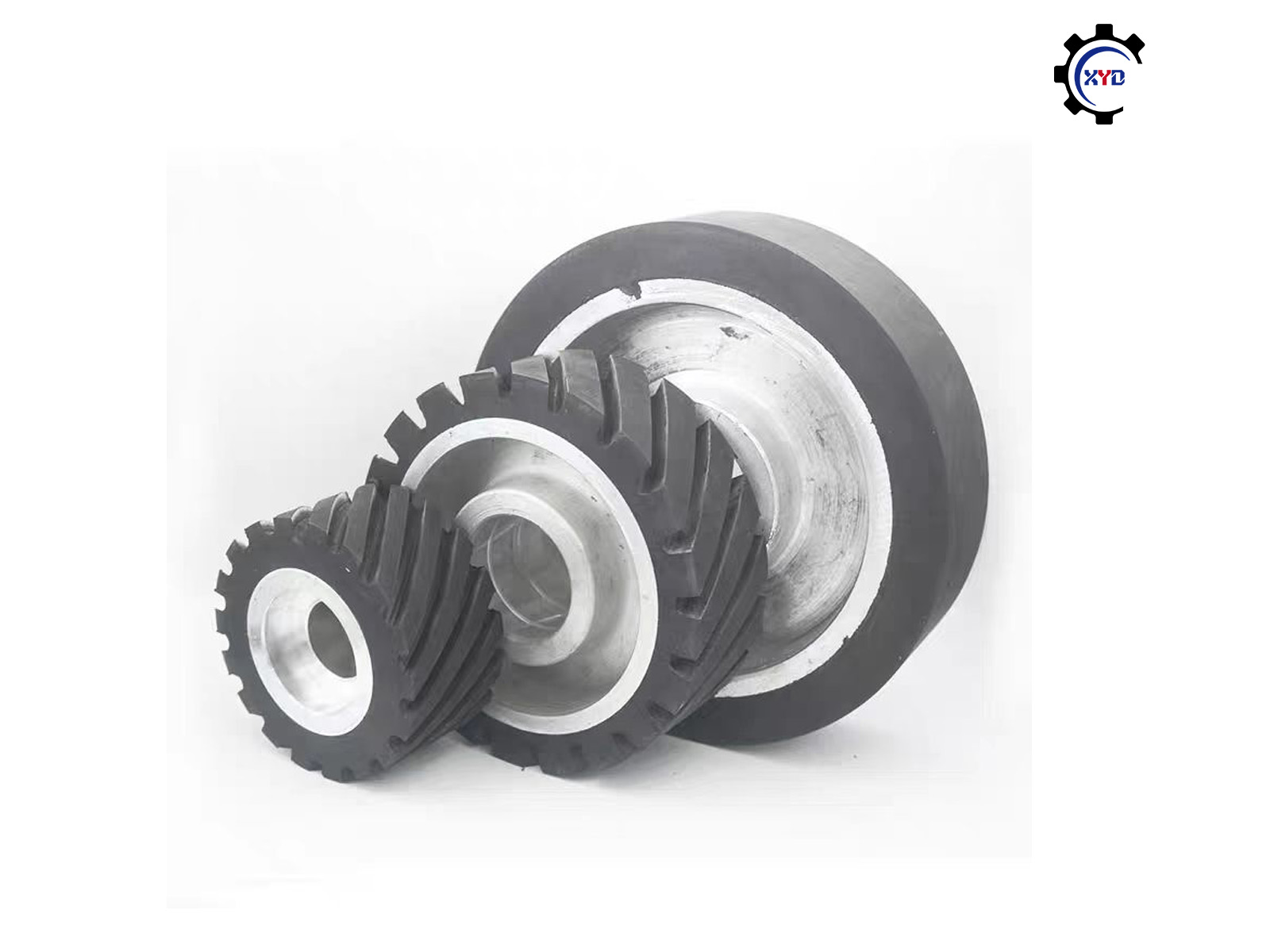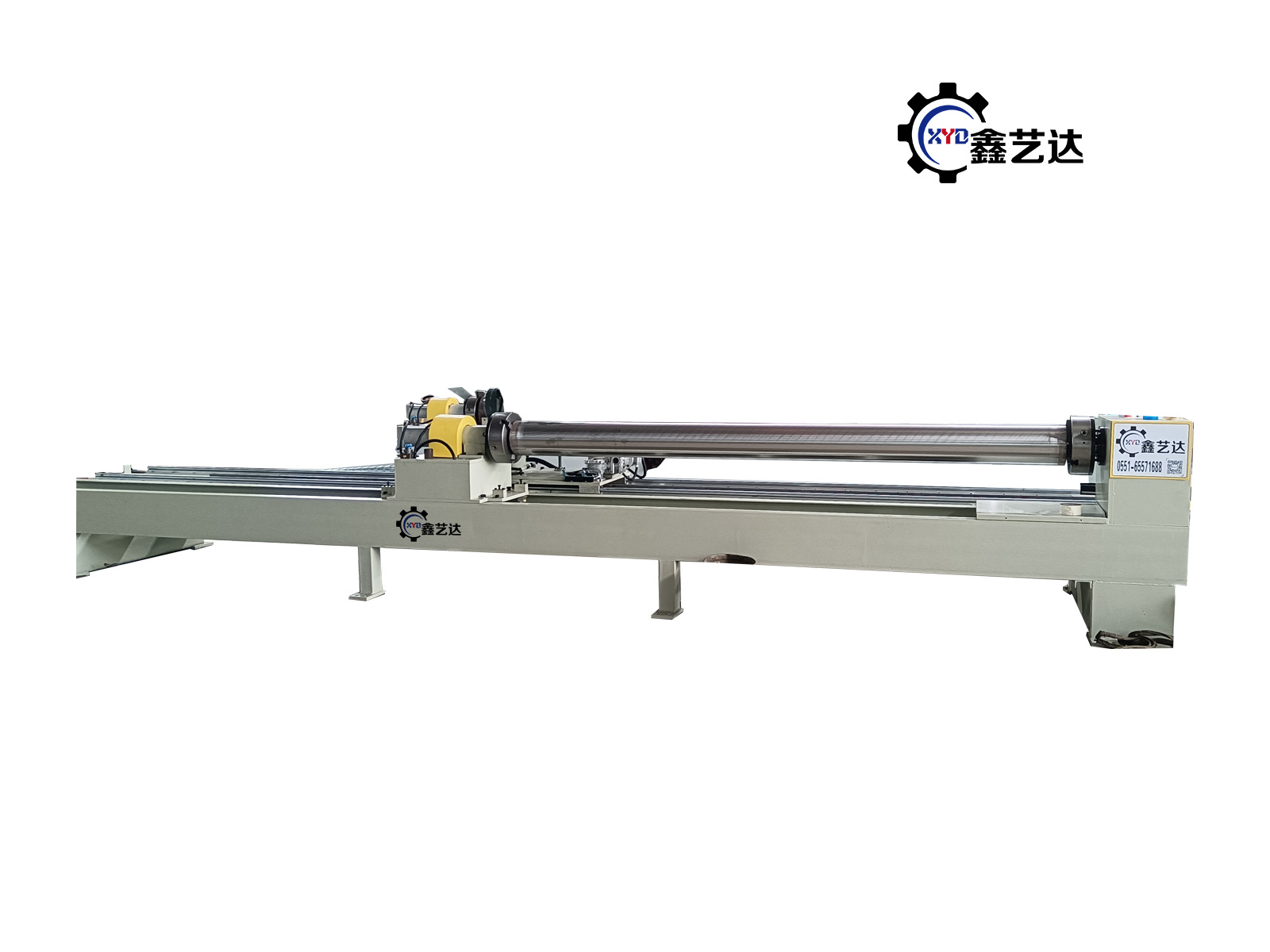How belt grinding works?
Publish time:2023-12-12 19:53:05 Popularity:0 Source:未知来源
1. Belt guide device
When the belt is running normally, we can adjust it through the tensioner contact wheel. According to the width and position of the belt, we can choose to position the belt automatically or manually. The automatic guide device is usually used when the belt width is greater than 200mm, and it can automatically align the belt between the tensioner contact wheels.
2. Belt tensioning device
The belt tensioning device can not only affect the surface roughness of the workpiece, but also affect the cutting performance of the belt. Therefore, we need to use the belt tensioning device to ensure the guidance and the belt has appropriate tension. If we want to increase the amount of metal cutting, we can increase the belt tension to achieve it, but this will also greatly increase the consumption of the abrasive cover and surface roughness value.
3. Spindle transmission device
In order to change the direction of the belt movement at any time, we usually install a more flexible or single-speed variable speed traditional or reversible motor. The running speed of the abrasive belt is within the range of 10-50m/min, but we usually keep it within the range of 16-30m/min, and the power of the main transmission device is 0.3-0.7KW for every 10mm wide abrasive belt under normal conditions.
4. Contact wheel
We usually use steel or aluminum to make the contact wheel, and cover it with a 3-15mm layer of felt, fiber or rubber as the main elastic ring to support the abrasive belt at the grinding point. According to various requirements, the contact wheel can also be made of different densities and different types. When the grinding requirements are different, we can use different rubber compounds as the contact wheel cover.
5. Processing planes, sections, quadrilaterals or fine grinding workpieces
If you need to process planes, sections, quadrilaterals or fine grinding workpieces, we can use cast iron, carbide or steel plates to replace the contact wheel to install the back of the abrasive belt to ensure the straightness or flatness of the workpiece surface.
- 2025-11-14 Precautions to Take Before and After Operating a Polishing Machine
- 2025-11-04 Have you maintained the polishing machine?
- 2025-10-14 The difference between single-station pipe polishing machines and multi-station pipe polishing machines
- 2025-10-08 Why the Semiconductor Industry Cannot Do Without Automatic Polishing Equipment?
- 2025-09-25 Why Do Pressure Vessels Need Polishing?
- 2025-09-24 What are the types of circular tube polishing machines
- 2025-09-05 Cylinder Polishing Machine
- 2025-09-02 Stainless Steel Surface Roughness (Ra) vs Sanding Belt Grit Guide (Polishing Stainless Steel)
Online Message
Contact information
QR code









 QQ Customer Service
QQ Customer Service